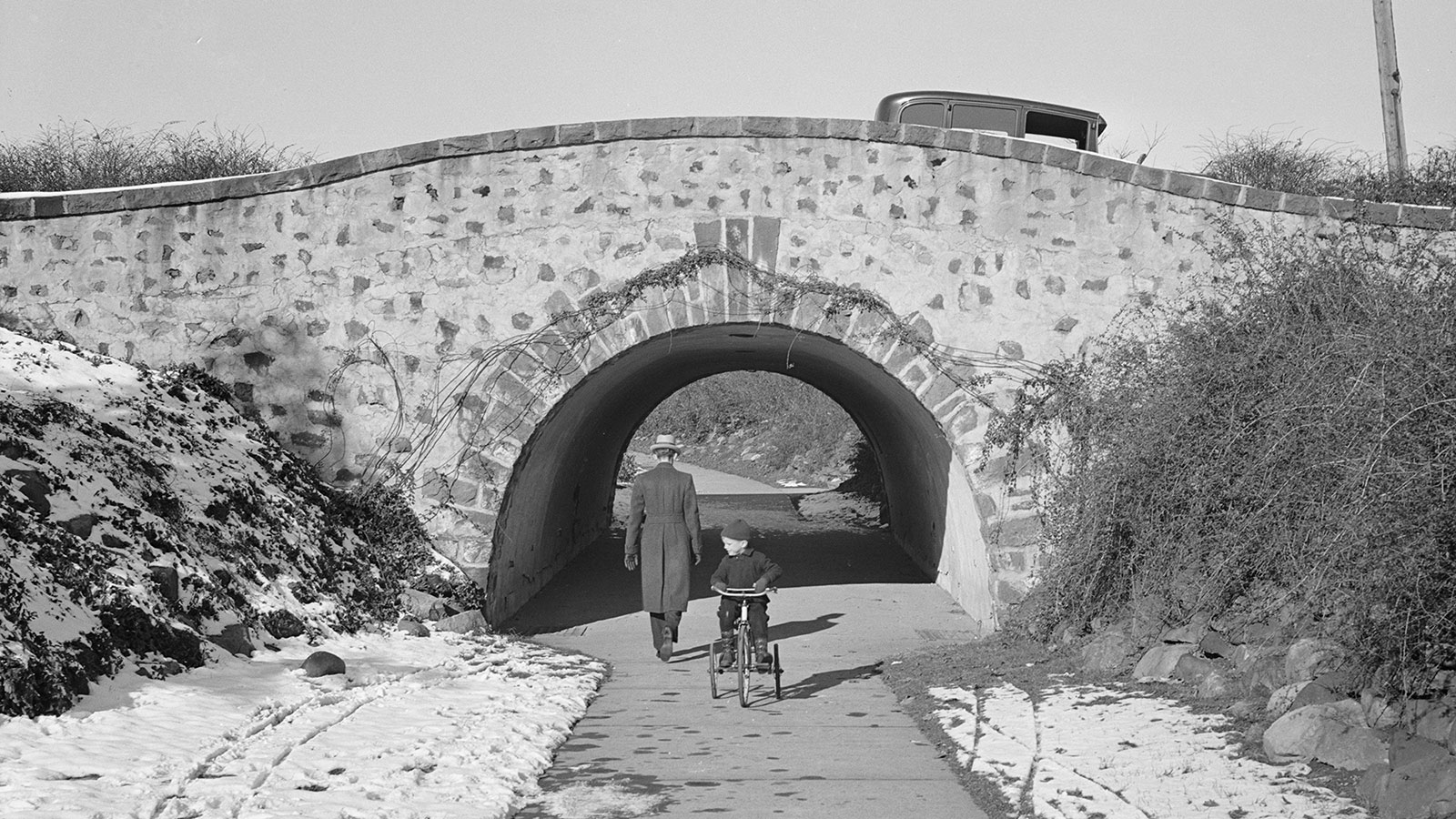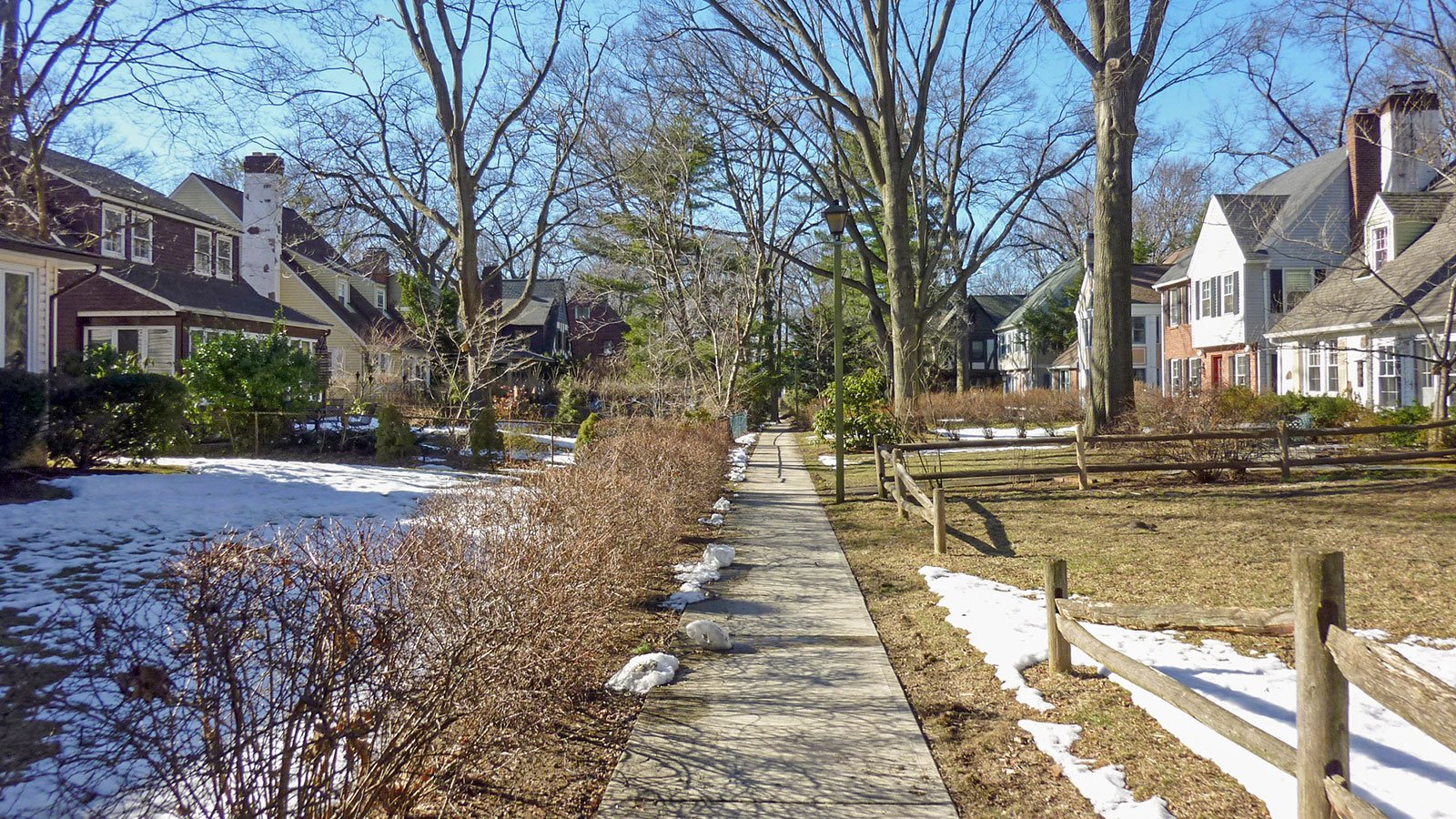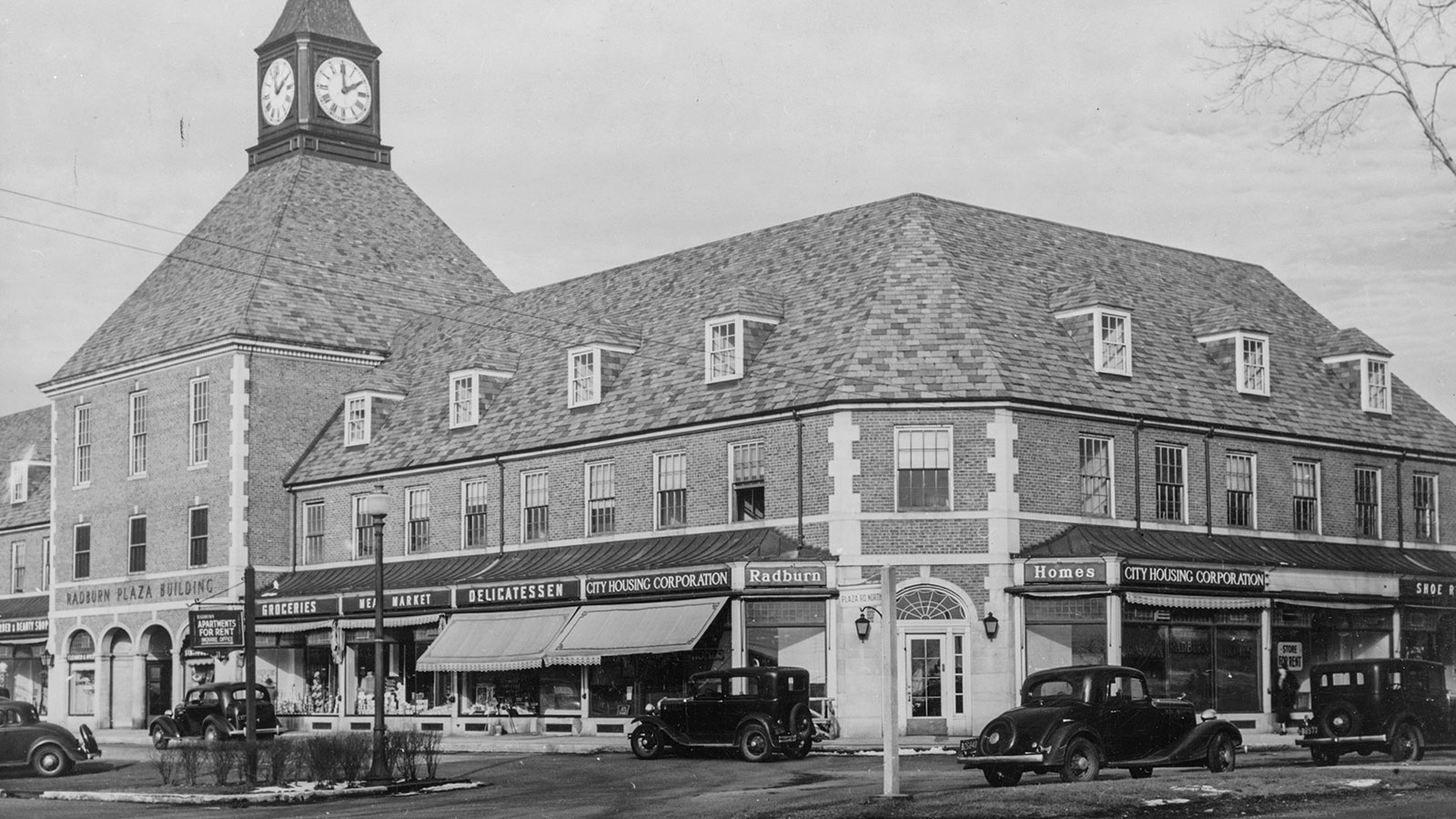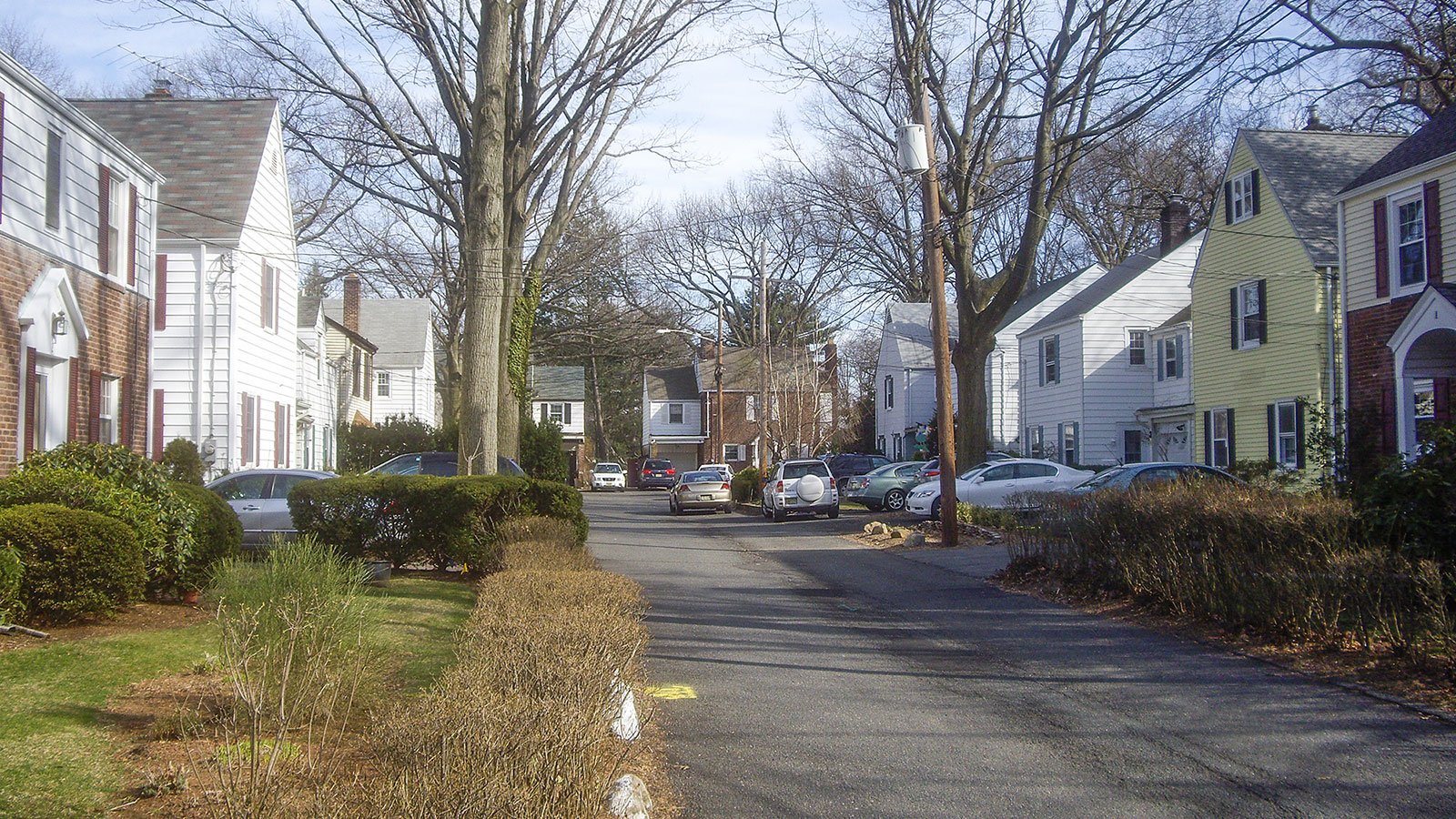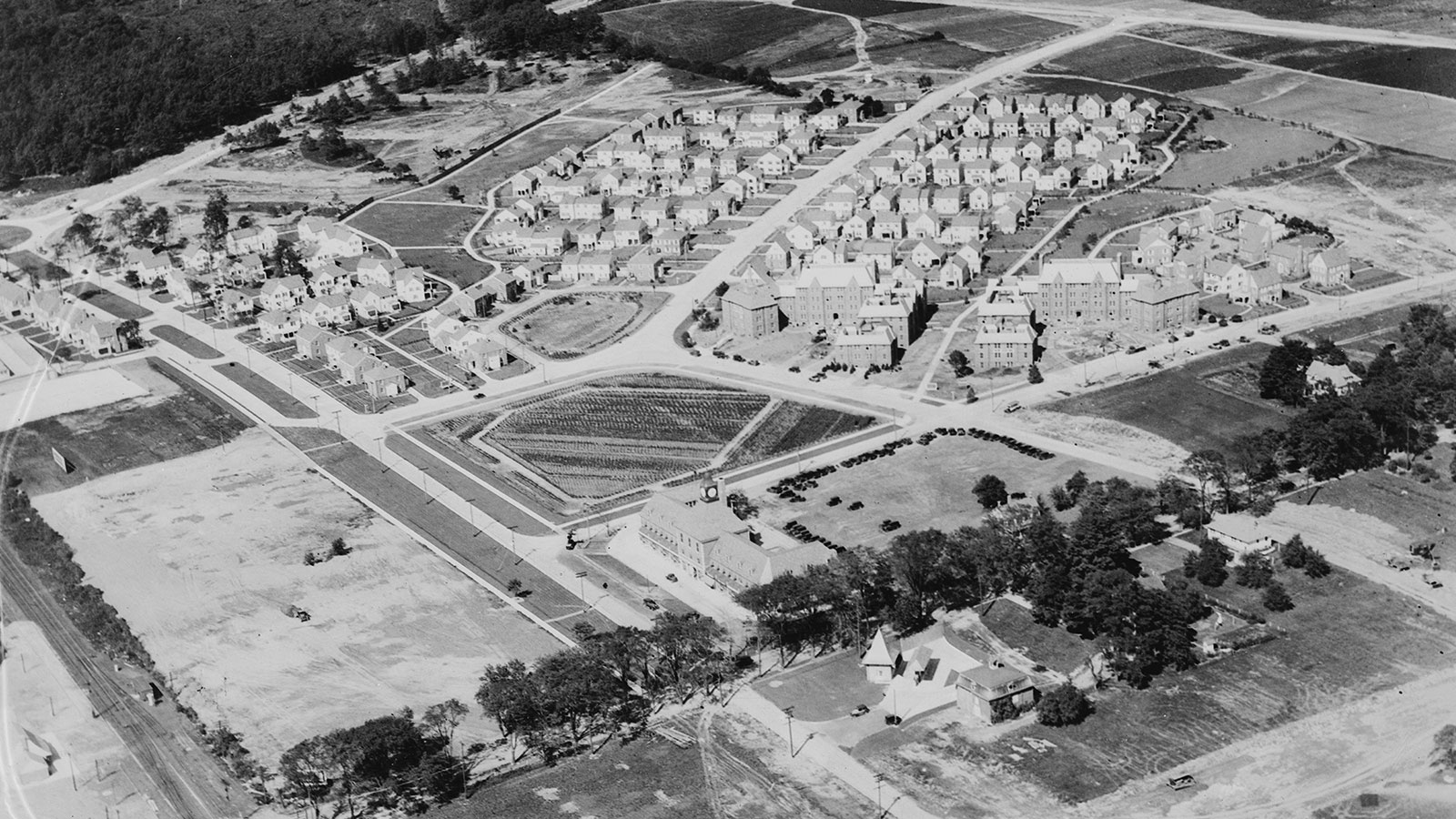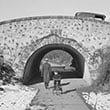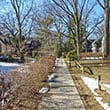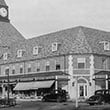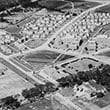Radburn, New Jersey
Radburn, New Jersey
In the late 1920s, the burgeoning profession of city planning underwent a creative boom. During this period, Radburn, New Jersey, one of the most influential towns ever built in the United States, found its place on the map.
The original concept for Radburn was based on the "Garden City," a planning model that had proven influential in England. The ideal garden city was a planned town with a radial design of parks, homes, commercial centers, and industry surrounded by open country.
Members of the Regional Planning Association of America, founded just five years earlier, adapted the English Garden City idea for a modern American city in 1928.
Their original vision for Radburn was a self-sufficient city of 30,000 people. The section of the plan that was finalized and implemented, designed by planners and landscape architects Clarence Stein and Henry Wright, focused on the residential and commercial aspects of the original vision. The new city would be composed of "superblocks" of connected cul-de-sacs surrounded by arterial roads.
The town was designed with both pedestrians and automobiles in mind. Each house fronted on a street, but was connected in the rear to a system of pedestrian paths that made it possible to walk the entire development without ever crossing a road at grade. This interior park and pathway system, designed by landscape architect Marjorie Sewell Cautley, was one of the great innovations of Radburn.
Only a small section of Radburn was completed before the Great Depression stalled development. Its influence, however, was felt throughout the United States for decades.

